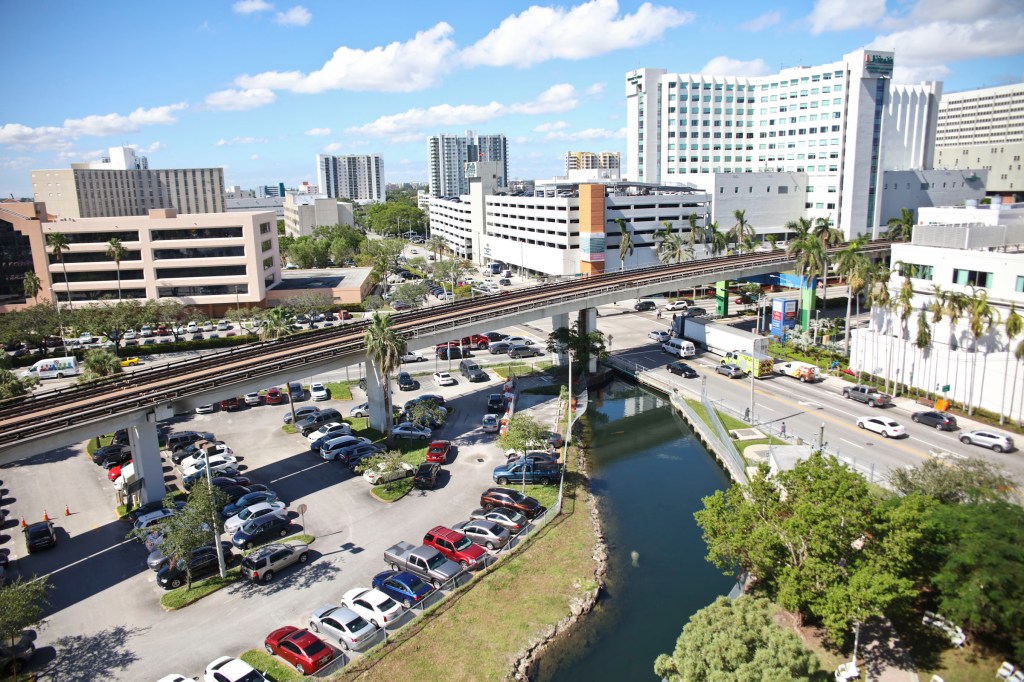Within the next 30 years, under current global growth scenarios, the expansion of urban areas alone is expected to directly threaten the existence of more than 800 species. Fortunately, predictions are not destiny, and a new paper shows where particular attention to science-based urban planning could save species, turn cities into biodiversity hubs, and save land for nature.
The Gist
The study, published in the Proceedings of the National Academy of Sciences, found that the largest impacts on species are not from the world’s largest cities, but from urban areas that have a myriad of endemic species and where expansion can destroy habitats.
Biodiversity 101
Everything you need to know about the variety of life on Earth and how to protect it.
“One of the aims of our work was to identify those species, not that just are threatened, but that are specifically threatened by urban land development,’’ says Rohan Simkin, the lead author of the study and Ph. D. student at Yale School of the Environment. “I think that the average person on the street is very aware of the climate crisis now, but I’m not sure they are aware of the biodiversity crisis.”
The paper, “Biodiversity impacts and conservation implications of urban land expansion projected by 2050,” identified hotspot cities whose growth is predicted to have particularly large impacts on species habitats. Unsurprisingly, many of these cities are in equatorial regions where urban growth coincides with biodiverse habitats, including the developing tropical regions of sub-Saharan Africa, South America, Mesoamerica and Southeast Asia.
The Big Picture
The study relied on data from Yale’s Map of Life—a collection of species distribution data used to monitor, research, and create policies that protect species worldwide. It also used a recently developed suite of land-use projections to assess future habitat loss from urban land expansion for more than 30,000 terrestrial species globally.
“We are at a critical moment when the world’s governments are renegotiating their commitments to the Convention on Biological Diversity. This study is important since it lets us quantify, for the first time, which specific species are most threatened by urban growth and where urban protected areas are needed to safeguard them,’’ said co-author Robert McDonald, lead scientist for nature-based solutions at The Nature Conservancy.
The study comes as the 15th Conference of Parties to the UN Convention on Biological Diversity prepares to convene in April to decide the new post-2020 biodiversity conservation framework. The study demonstrates the need for global conservation efforts to include policies to preserve species in urban lands.
The Takeaway
The role of urban expansion is often overlooked as a driver of global habitat and biodiversity loss. Deforestation and agricultural expansion tend to get most of the attention when it comes to plans for conserving nature, and protecting ecosystem services and human well-being.
Global agreements on biodiversity and conservation that focus on protecting the habitat of species that are predicted to be the most vulnerable, investments from the Global Environment Facility, and targeted action at local scales can help mitigate impact on species.
“Cities are actually part of the solution,’’ said Karen Seto, Frederick C. Hixon Professor of Geography and Urbanization Science at Yale School of the Environment. “We can build cities differently than we have in the past. They can be good for the planet; they can save species; they can be biodiversity hubs and save land for nature. The majority of these places have yet to be built. Science-driven policies that guide how the cities of tomorrow get built will have a tremendous effect.”




We should built city that do look beautiful. Like Rome, like Heidelberg, like Amsterdam. Otherwise, I see no sense of building cities. Sorry.